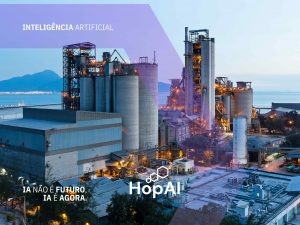Artificial Intelligence offers personalized, real-time support for students and teachers.
In order to deal with AI in Education, which is a topic of paramount importance for all of society, we will address controversial issues that can completely change teaching as it is today. When approaching the future, the impact of technologies that will evolve a lot, new technologies that will be created, there is always a risk of making mistakes due to the focus still being on market laws, technologies and current rules. It’s like thinking about digital while still being analog. But it is possible and we do not need to go very far, in fact, it is already changing and what has not yet changed is due more to the current “analog” model, with its due constraints, costs and revenues, than to the need and opportunity that is present. clearly knocking on the doors of educational institutions.
Our focus in this article will address Artificial Intelligence and its contributions to the education of the future, impacting both students and teachers, by personalizing learning and supporting broader education, even in real time, based on technology.
First, what is changing in education:
| Before | Now/Future |
| Mass education | Individualized education (personalized learning) |
| Physical environment (school, classroom, campus) and class time | Virtual and/or hybrid environment with ubiquitous learning (u-learning) |
| Mother Language or English | Multilingual |
| Local resumes (face-to-face or virtual) | International resumes |
| Difficult access (social class, location, availability of vacancies) | Universal access |
| Learning in the classroom | Learning anywhere (eg mobile) even on the bus, for example. |
| Learning with long texts and books | Pills of knowledge |
| Technology: Blackboard, chalk, screens, PPT | Games, holography, 3D, Augmented reality |
| Knowledge from teacher to student (passive) | Teachers, expert students, bots, games (Collaboration, co-construction of learning, active student) |
| Single training (Ex: Engineer) | Multidisciplinary training (Ex: Biotechnology) |
Understanding how AI can help in education
In a previous study, around 2017 of the industry system – CNI, the map below was designed showing a possible future path (until 2030) with the impact of AI in education. There are several possibilities of AI in the 4 possible systems: LMS, STI, MOOCs and Robotics. It is worth noting that at this time Open AI was being born, ChatGPT should have been in the oven with GPT-1 in early development. I understand that this disruption that we are seeing with the “new” models of large languages that felt after 2018, even if it was imagined to compose this 2030 scenario, but it is an interesting figure that shows the vision of the time for a future of education.

Advancing our understanding, artificial intelligence can support education in several aspects such as:
- Computer vision – analyzing student presence, assessing student attention, emotions, detecting movement in the room or remotely, augmented reality, etc.
- Speech – Conversation bots that can act as virtual tutors, transcription of classes in other languages, assistant to schedule tasks, etc.
- Natural language understanding – Answering questions, analysis of feelings in texts, translation – multilingual, intelligent search in documents, management and assistance to students, application of tests and their correction, etc.
To these aspects above, the simulation of human beings’ cognitive and communication capabilities, we can add machine learning models that can generate results such as:
- Real-time diagnosis of learning
- grade prediction
- Classification of students
- Recommendation of courses, learning trails, readings, games, content
- Generation of personalized content for the student
- Teacher recommendation
- Numerous other opportunities
I understand that the teacher cannot, should not and will not be alone in the effort to educate his students. To achieve capillarity, agility and volume with quality, only with a “TUTOR” as an AI to support its education work, generating real-time information about the learning of its students and this AI making decisions (about its tutoring) in the conduction of the individualized learning for each student. The Professor acts in the AI training and they act together as tutors, facilitators, teachers of the students. This personalized performance, in real time, would be impossible for a professor who has a mere 20 students, for example.
- For this scenario to be possible it is required:
- Lots of data, qualified – data driven
- real-time data
- Technology in everyday life – mobile, systems, apps, games, etc.
- School-teacher-student planning
- Gamification of learning to increase engagement
- Learning management system prepared for all changes
AI in education of the future
Imagine a student’s day at this “future school”:
He wakes up with Alexa notifying him that he has a group task in 1h, and he needs to get ready. The student has breakfast, shower and in 55 minutes he is in front of his notebook at home.
The group meets virtually for a math task, after all, there are 18 students and each one is in a different place on the planet. All speeches are translated into the mother tongue previously registered for each student, allowing everyone to speak and listen to the others without having to use another language, not even English. Maintaining courses in English as the standard language would impede daily and recurrent learning and prevent universal access.
Continuing, the problem presented was conceived by the group’s tutor and everyone talks about it for about 30 minutes. The tutor then presents the questions and the group disbands, from now on each one will try to learn and answer with their knowledge added to the use of the internet, google, chatGPT and whatever else they have access to. Each one’s activities are slightly different, for better individualized learning. Some students receive texts, some videos, some images and texts, and each one receives a personalized level of difficulty in what he needs to learn more, all designed to increase real-time learning and all personalized to a certain level.
Once the task is completed, the student receives the grade and points he needs to improve on his whatsapp. Likewise, teachers, management systems, school, all are updated in real time with the grades and the next activities are already prepared and sent.
In the next few hours, students receive other knowledge pills with tasks and some game links to play and learn at the same time. Fun helps to increase interest and learning is always evaluated, scored and the items of greater difficulty go to the student’s database (BD). The AI itself is able to classify the student’s profile and identify which trails or exercises are best for that profile and that moment.
As readings are done on Kindle, the school, teachers and AI systems receive the status of each student’s reading. The AI is able to analyze the pages read, the marked items, the notes and all this helps to compose the student’s DB (that big data is growing), giving subsidy to the direction that he will have by the AI.
Teachers act on the system, receiving AI alerts and insights for each student, confirming a trail or adjusting what they deem necessary. Directors and educational coordinators of the school are able to measure the results of each student’s learning from each teacher and thus work together with the teacher, also evaluating him and supporting/adjusting the teacher towards school goals. The real-time results of the students compose the real-time results of the teachers. Everything is measured and evaluated.
Predictive alerts on student outcomes, based on current data in the database, enable the student, teacher, school and parents to prepare in advance for a future difficulty, already putting the entire “system” in support of results objective and positive.
Test season is a thing of the past. There is no bimonthly, quarterly or final test, the grades are given on a daily basis, in the work, activities, exercises and games performed.
Due to the technology-based learning model, the grades can be composed of a quantitative value (completion of tasks and their due execution times) and a qualitative value (assertiveness, creativity, quality of responses/deliveries).
The eternal mentor
The student has his personalized “school bot”, or better, his personalized bots. He can chat and get answers from the bot in his school day. Aiming at a future revenue (long tail), the school, the university, can keep the student’s bot eternally with him, allowing him to have access to the entire learning history, resort to the bot for future questions, for example, an engineer can, after graduating, ask “your bot” how was that metallic structure calculation they learned 3 years earlier? So the students, now future professionals, can have their own “eternal mentor” as support and the school receives for maintaining, curating and making the technology available. And better, the bot is being improved every day, after all, education has changed and learning takes place throughout life and not just at school.
AI in Education is already happening. Want to know more? Read more about Hop AI and get in touch.



